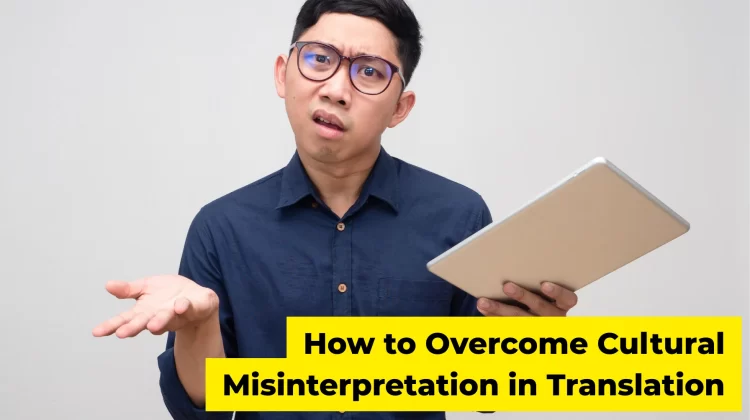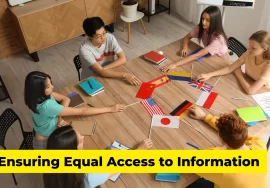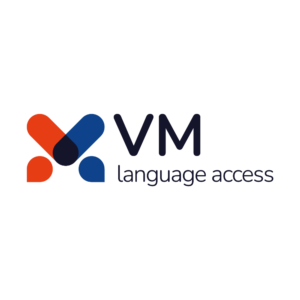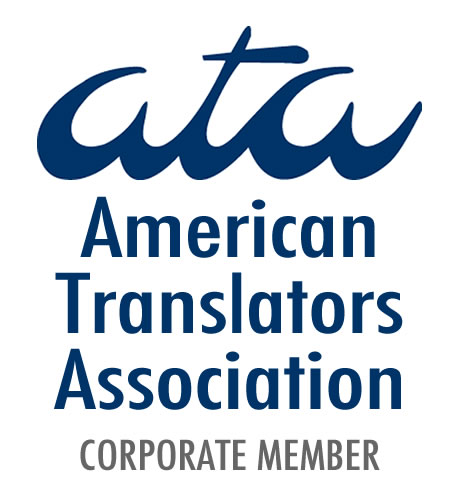
How to Overcome Cultural Misinterpretation in Translation
Translation isn’t just about swapping words from one language to another. It’s about conveying meaning accurately, respectfully, and clearly. But there’s a sneaky challenge that often trips up even the most skilled translators: cultural misinterpretation in translation. This happens when the meaning behind the words gets lost, skewed, or worse, causes confusion or offense because cultural context wasn’t considered. So, why does this happen, and more importantly, how do we overcome it? Let’s dive in.
Understanding Cultural Misinterpretation in Translation
When you hear the phrase cultural misinterpretation in translation, think about what it really means. It’s when a translated message doesn’t quite hit the mark because the cultural nuances, beliefs, traditions, or societal norms behind the original language aren’t taken into account. This can range from a simple phrase sounding odd or funny to an entire message becoming misunderstood or even offensive.
For example, imagine translating a marketing slogan directly without considering the cultural background. What works brilliantly in one country might sound bizarre or inappropriate in another. Sometimes, humor, idioms, or references that are perfectly clear in one language don’t have an equivalent in another, leading to confusion.
This is why why accurate translation requires cultural awareness—it’s not just about the words but the whole cultural package they come wrapped in.
The Real Impact of Cultural Misinterpretation
You might wonder, “Is cultural misinterpretation really that big of a deal?” The answer: absolutely. When cultural context is ignored, the results can be damaging.
- Business repercussions: Imagine a company launching a product overseas using a tagline that unintentionally offends or confuses the local audience. It could lead to lost sales, bad reviews, or even brand damage that takes years to fix.
- Healthcare misunderstandings: In the medical world, mistranslated or culturally inappropriate information can risk patient safety. Instructions that don’t consider cultural nuances might confuse patients, leading to wrong dosages or missed treatments.
- Legal risks: In legal translations, a minor cultural oversight can cause serious misunderstandings that affect contracts, rights, or legal outcomes.
- Social and interpersonal confusion: In everyday situations like social services, education, or community engagement, cultural misinterpretation can create barriers rather than bridges.
These examples show why cultural misinterpretation in translation isn’t just a minor hiccup—it can have serious consequences.
What Causes Cultural Misinterpretation?
To overcome an issue, you need to understand what causes it. Here are some key factors that often lead to cultural misinterpretation:
Language Nuances and Idioms
Languages are filled with idiomatic expressions that don’t translate literally. For instance, the English phrase “kick the bucket” means to die. Translating this word-for-word into another language would confuse or amuse readers who don’t share the same idiomatic background.
Differences in Humor, Tone, and Formality
What’s considered funny or polite in one culture can be rude or confusing in another. Some cultures prefer formal communication in professional settings, while others lean toward casual, friendly tones.
Regional Dialects and Cultural References
Even within the same language, dialects and regional slang vary widely. A phrase that makes perfect sense in Spain might baffle someone in Mexico.
Symbols, Colors, and Imagery
Colors or symbols have different meanings around the world. For example, white is a color of purity in many Western cultures but is associated with mourning in some Asian countries. Without cultural awareness, using certain images or colors in translated materials can unintentionally upset your audience.
Strategies to Avoid Cultural Misinterpretation in Translation
So, how can translators and businesses make sure their message lands correctly across cultures? Here are some tried-and-true approaches:
Do Your Homework: Conduct Cultural Research
Before translating any content, understanding the target culture is crucial. This means learning about their traditions, values, communication styles, and taboos. It’s the foundation for culturally aware translation.
Collaborate with Native Speakers and Cultural Experts
No one knows a culture better than its native speakers. Having translators or cultural consultants from the target region can catch nuances and potential pitfalls that others might miss.
Focus on Meaning, Not Word-for-Word Translation
Literal translations can backfire. Instead, the goal should be to capture the intent and tone behind the original message. Sometimes, this means rewriting phrases or changing examples to fit the cultural context better.
Test with Real People
Before launching translated materials broadly, test them with representatives of the target audience. Their feedback can highlight any confusing or inappropriate parts, allowing you to adjust before it’s too late.
Use Localization When Needed
Localization takes cultural adaptation to the next level. It involves adjusting not just language, but also formatting, visuals, and even product features to suit local preferences and expectations.
Localization vs. Translation: Why It Matters
You might wonder, “Isn’t translation enough?” Not always. While translation focuses on converting text from one language to another, localization goes further by adapting the entire content experience to resonate culturally.
For example, a website localized for the Japanese market wouldn’t just translate text—it might adjust layout to suit reading habits, change images to feature culturally relevant scenarios, and tailor payment options based on local practices.
Choosing localization over simple translation is a powerful way to avoid cultural misinterpretation and build trust with your audience.
Best Practices for Translators and Businesses
If you’re a translator or a business looking to connect across cultures, here are some best practices to keep in mind:
- Invest in continuous cultural training: Language and culture evolve. Staying up-to-date helps you avoid outdated or inappropriate translations.
- Maintain open communication: Clients should provide translators with context about the intended audience and cultural sensitivities.
- Develop style guides and glossaries: Having a clear reference on preferred terms, tone, and style tailored for each culture helps ensure consistency.
- Include cultural review stages: Don’t just check for grammar and spelling. Review translated content for cultural appropriateness before finalizing.
How VM Language Access Helps You Avoid Cultural Misinterpretation
At VM Language Access, we understand that translation is so much more than words. Our team combines language expertise with deep cultural knowledge to deliver translations that are not just accurate, but culturally respectful and effective.
Whether you’re in healthcare, legal, business, or education, we take the time to research, adapt, and test your content to ensure it truly connects with your target audience, bridging cultural gaps and preventing misunderstandings.
When it comes down to it, why accurate translation requires cultural awareness is simple: language lives within culture. Ignoring cultural context can lead to misinterpretation, confusion, and lost opportunities. But with the right approach (thorough research, collaboration, and cultural sensitivity)you can ensure your message is clear, respectful, and impactful, no matter the language or audience.
So next time you need translation, think beyond words. Think culture. It’s the secret ingredient that turns good translation into great communication.
If you’re ready to overcome cultural misinterpretation in translation and connect authentically with global audiences, VM Language Access is here to help every step of the way.











